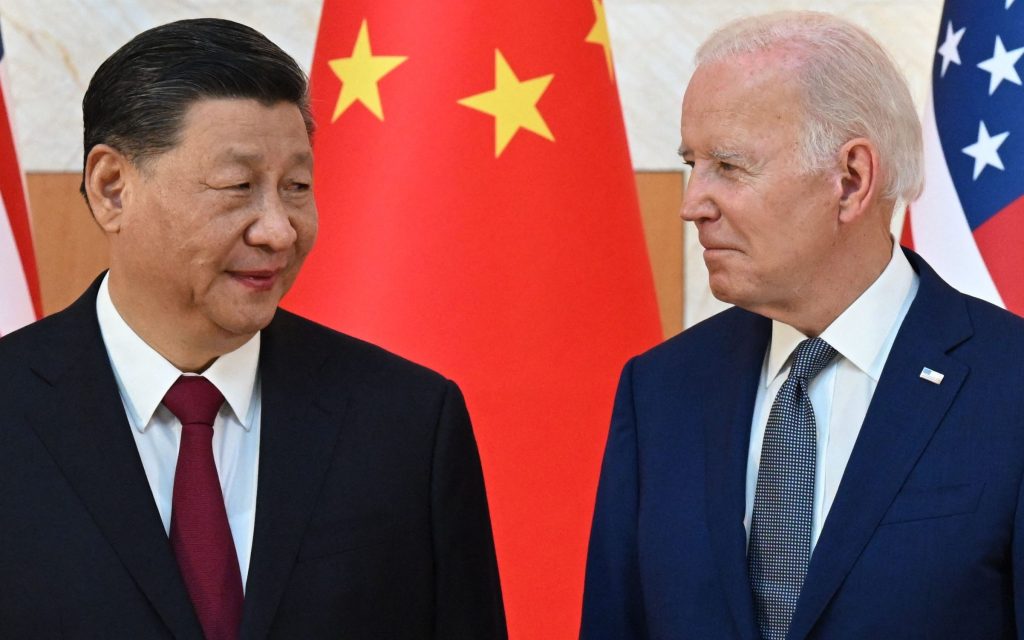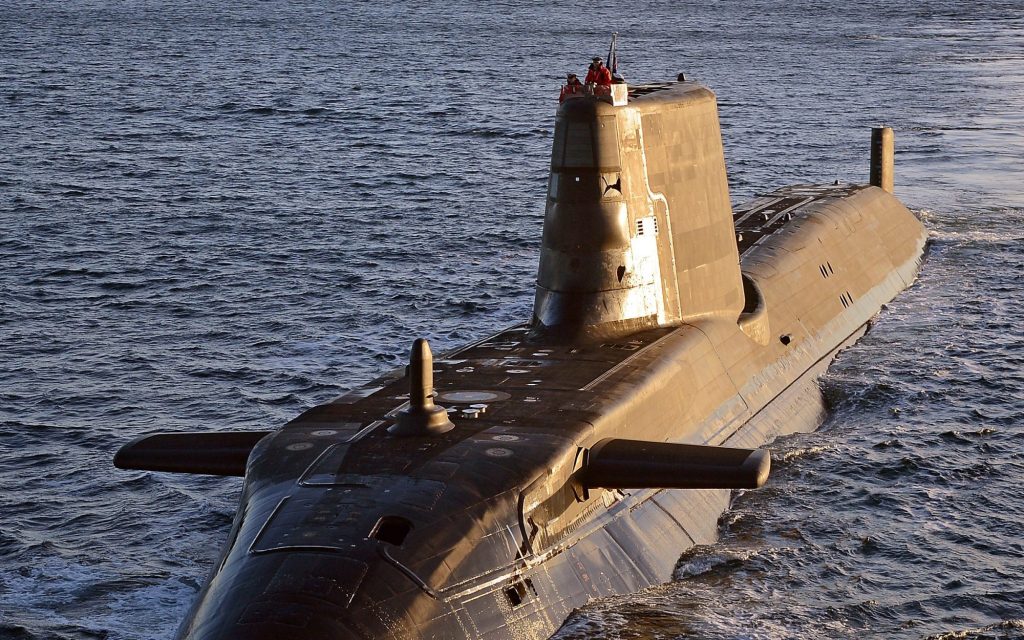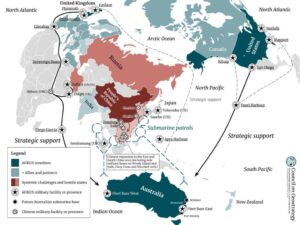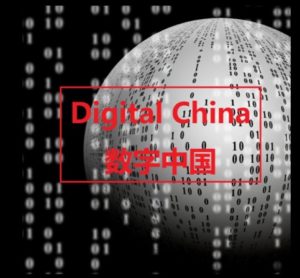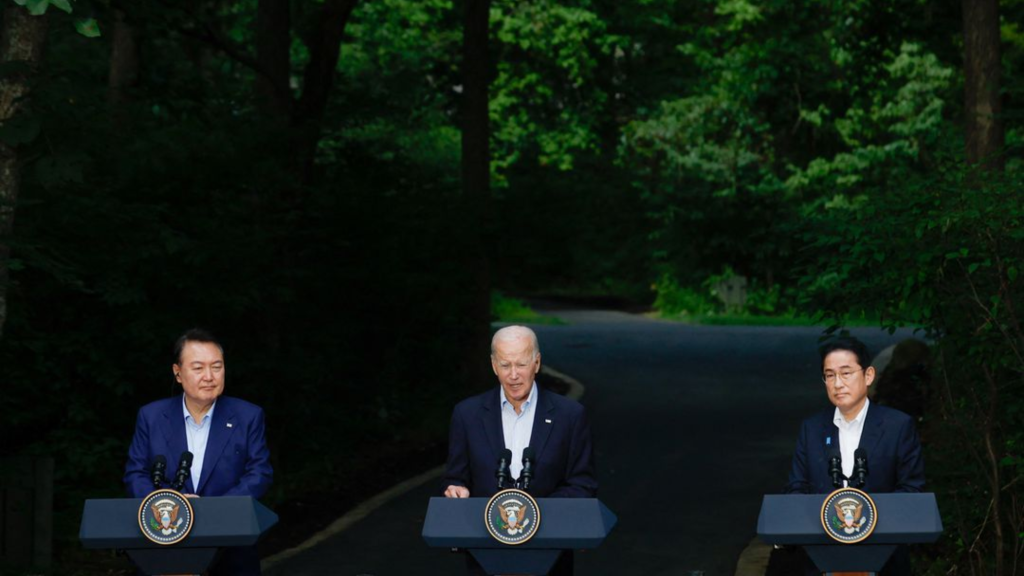
With Hanah Park, PacNet, 21 August, 2023
The outputs from the US-Japan-ROK Trilateral meeting at Camp David last week were impressive. They ranged from the geostrategic to values and principles and to actual mechanisms to effect policies. Starting with the Camp David Principles of shared values, mutual respect, and concern for peace and stability in the region, working through the Commitment to Consult, and then delivering concrete actions in the Fact Sheet and Joint Statement (also called the “Spirit of Camp David”).
While the summit was the fourth between the three leaders, it is clearly the culmination of previous discussions and reveals a desire by the United States to institutionalize the relationship so that it outlasts any future Korean and Japanese tensions. After all, the US-Japan-ROK trilateral is actually the oldest minilateral—with a longevity that far exceeds the US-Japan-Australia trilateral or the recent newcomer AUKUS—but it has precious little to show for it. The Biden administration should be commended for seizing the opportunity that President Yoon Suk-yeol’s government offered in terms of his willingness to repair ties with Japan and engage with the United States on the Indo-Pacific. The only question now is whether the Camp David agreement has put too much on the table at once, making execution difficult.
The structure of the readouts is rather neat. It’s clear that the outcomes are to sit atop the Commitment to Consult and the Camp David Principles. While the latter readout sounds rather anodyne to American readers—respect for international law, shared norms, and common values—any reader of the US Indo-Pacific Strategy and National Security Strategy will instantly recognize in them the values bedrock of the US competition with the People’s Republic of China. What makes this statement particularly noteworthy is that traditionally Japan and South Korea rarely expressed their foreign policy in these terms, right up until the end of the Cold War. Seeing them join in this statement—and knowing of the personal support by both President Yoon and Prime Minister Kishida for their inclusion—shows how far the three countries have come on common assumptions. The principles statement on Taiwan is also remarkably bold: “We reaffirm the importance of peace and stability across the Taiwan Strait as an indispensable element of security and prosperity in the international community.” This warning to China—for that is what it is—shows the spirit of the administration’s “integrated deterrence” framework.
Looking at the Fact Sheet and Joint Declaration, there are a few differences, though both sweep broadly over the same areas. Perhaps the most impressive part is the huge leap that the trilateral has taken as institutionalized security architecture. While previously institutionalized—famously in the Trilateral Coordinating Oversight Group (TCOG) in the late 1990s—this did not survive the early 2000s. The Camp David agreement has replaced the TCOG model with multiple ministerial tracks expected to take place annually, ranging from the already existing summits to the foreign and defense ministerials. Added to these, however, are two new annual ministerials, one for finance and one for commerce and industry. While commendable, this only adds to the number of ministerials that confront the bureaucracies of all three in other fora and one wonders how the ministers will actually be able to handle the added pressure. Certainly, groupings like the Quadrilateral Security Dialogue (“Quad”) will also compete with the trilateral for the time and energy of ministerial staff, and we may see even more outsourcing of the policy outlines to the private sector and think tank sector in all three countries, where policy discussions touch upon sectors like energy, critical and emerging technologies, and supply chains.
What stands out are the economic initiatives and the newly formed Indo-Pacific security frameworks. The three countries have agreed to an “early warning system” that will share information on “possible disruptions to global supply chains” to “confront and overcome economic coercion.” However, it sounds as though the three countries either have not decided exactly how they will bolster themselves against economic retaliation or, as plausibly demonstrated by the warning system, coordination on semiconductor and chip manufacturing capabilities will remain limited for now, either to bilateral levels or within the private sector. Although the growing closeness of the three countries may help insulate ROK and Japanese economies against retaliation by China, they have yet to outline specific countermeasures. Furthermore, internal issues such as the allocation of subsidies to address industrial chip capacity building in the ROK and Japan under the CHIPS Act remain unaddressed. Much like the US-ROK summit in April, the summit skirted a direct mention of semiconductor issues, instead showing an implicit focus on supply chain resilience and critical and emerging technologies through the Trilateral National Laboratories Cooperation and the Trilateral Economic Security Dialogue.
The commitment to build relations with ASEAN and Pacific Island nations is also a commendable step in developing a reliable trilateral relationship with nations across the Indo-Pacific and an attempt to avoid the ASEAN backlash occasioned by AUKUS and the Quad. The Trilateral Development Finance Cooperation will build inter-trilateral connections since the ROK lacks an infrastructure financing mechanism, as opposed to the US and Japan, which share financing responsibilities through the Quad. As the Japan International Cooperation Agency (JICA) and Korea International Cooperation Agency (KOICA) are both experienced in building freshwater and gas infrastructure, the US may turn to its skill in financing in order to develop public goods for the region in the form of infrastructure. They will also seek to coordinate disaster relief efforts as natural disasters increasingly impact Indo-Pacific countries. Then, there is the introduction of a Trilateral Maritime Security Cooperation Framework, which provides a broad forum for collaboration on potential maritime issues such as coast guard operations, maritime domain awareness, countering illegal unregulated fishing, and the development of maritime blue-water capabilities. The framework gives South Korea the flexibility to negotiate the ROK Navy’s role in the maritime domain given the recent maritime emphasis of the ROK Indo-Pacific Strategy.
The summit at Camp David has set an ambitious agenda for the future of the trilateral relationship. The numerous initiatives cover vulnerable regions of the Indo-Pacific and build on national strengths by focusing on critical areas such as cybersecurity and critical and emerging technologies. There is a clear indication that the trilateral relationship has moved from its focus on the Peninsula to being a regional body, emphasizing cooperation with ASEAN and Pacific Island nations, and taking a clear stance on Taiwan. It also creates several avenues for the three to work on economic security and maritime security. It will be interesting to see how successful those two tracks will be, relative to each other. The trilateral meeting at Camp David is historic and has made immense gains. However, it remains to be seen how many of these initiatives will make progress and whether the attempts to institutionalize the relationship will succeed. For the sake of peace in the region, let’s hope that they do.

